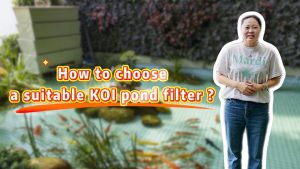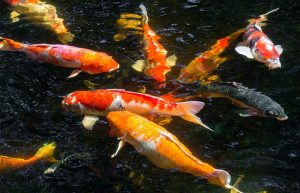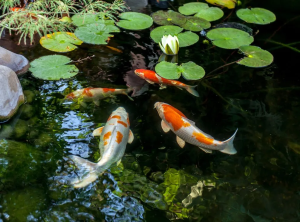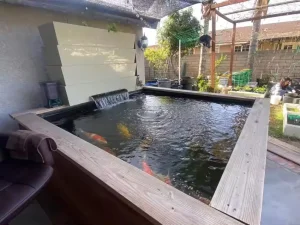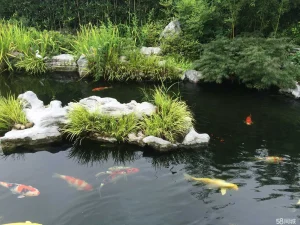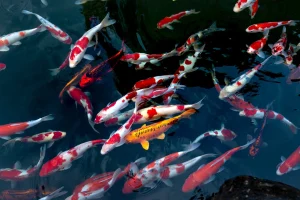Protein Skimmer
A protein skimmer is used to clean the water by removing certain organic compounds including proteins and amino acids by using the polarity of the protein itself. It is a control over the flow of dirty water. In this equipment in a chamber, air and water are vigorously mixed to create a dense foam. The protein skimmer cleaning action happens because of the tiny bubbles in that foam.
Precisely, the protein Skimmer utilises the surface of the bubble in the water to absorb various granular impurities and soluble organic matter mixed in the water and uses a nano aeration disk to generate a large number of bubbles, and purifies the seawater through a protein skimmer, all of which are concentrated on the surface of the water. The foam is formed, and the absorbed foam is collected in a container from the surface of the water. By removing the foam, the water is cleaned because the dissolved organics are eliminated before they have an opportunity to pollute the tank. The collected foam is thick and also called skimmate turned into a turbid liquid to be discharged. Skimming is the desired product of a well-functioning protein skimmer.
Feature
Protein skimmer removes fish faeces, feeds and other organics before they break down into nitrogenous compounds to avoid them becoming poisonous substances. Other inorganic molecules are also typically removed. These include a variety of fats, carbohydrates, and metals such as Copper and a trace of elements such as iodine. Bacteria and other particles are also removed and are often enhanced by the placement of the skimmer before the other forms of filtration, lessening the burdens on the filtration system as a whole.
It removes the humic and organic acids and increases the water clarity. Protein skimmer helps maintain low nitrate levels by retarding nitrate buildup. Nitrate is a less toxic but sensitive reef invertebrate, including corals, which do not tolerate nitrate even in low concentrations as nitrate level is crucial for corals’ health.
There are drain outlets on the bottom which can drain all the water away from the system when not in use to avoid the growth of germs. This system has an ozone reaction tower in which ozone is injected to disinfect, sterilise and remove algae and improve the protein separation effect at the same time.
It also reduces phosphate to help prevent the aggressive nuisance of algae growth. It eliminates all biological toxins released from corals, algae, or invertebrates. It also promotes proper gas exchange and increases oxygen levels for healthy inhabitants. This system also helps to maintain the proper pH of the water by preventing acidic conditions. The protein skimmer also removes oily surface waste to help improve light penetration in aquariums. It improves REDOX and reduces disease-causing organisms when used with an ozonizer.
In this system, there is a foam collection cup where foam is collected and then drained by a backwashing device.
It is environmentally friendly and practical.
How Ozone and Protein Skimmer Works Together?
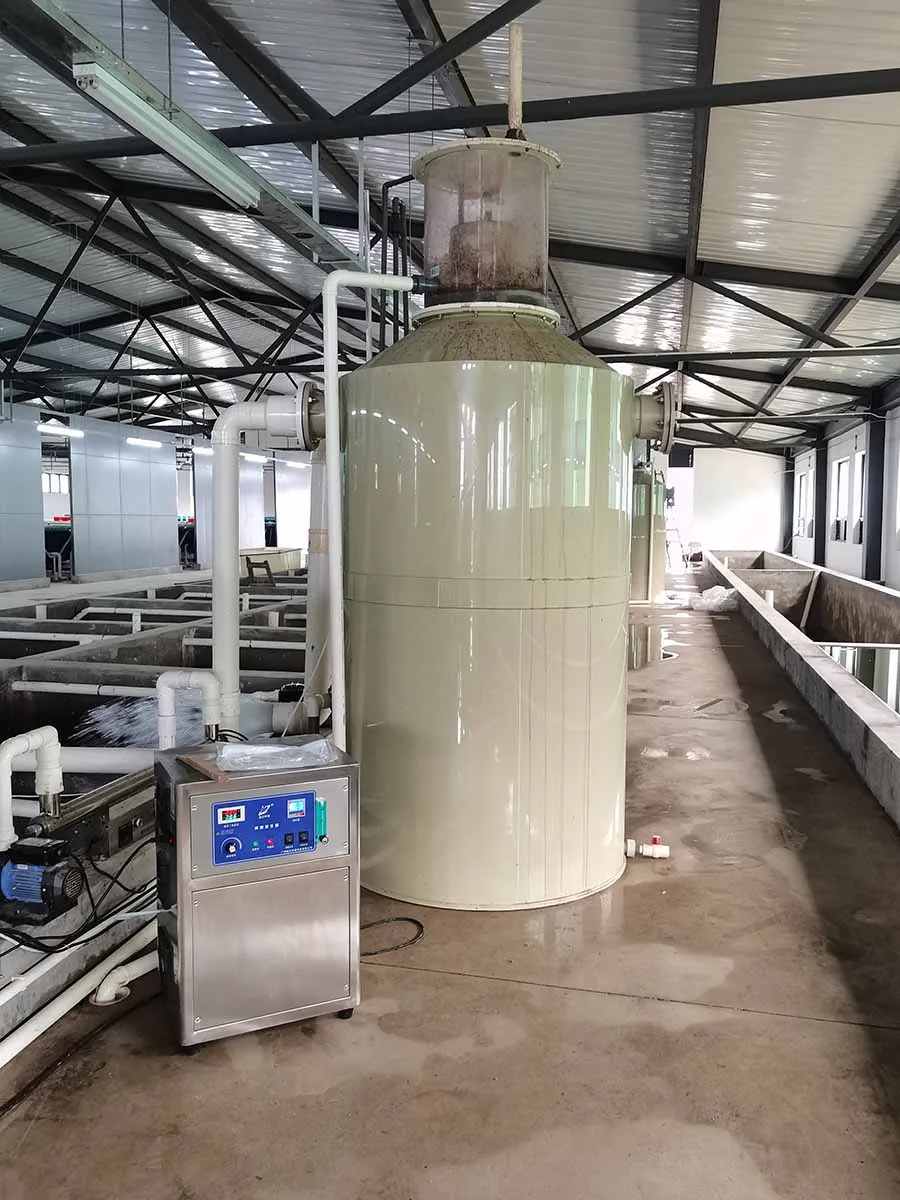
Traditional water filtration systems, such as sand filters and sponge filters remove particulates but are ineffective against dissolved waste and act as breeding grounds for pathogens, bacteria and viruses.
The fractionation filtration process is simple and highly effective. Ozone is injected into the bottom of the reaction chamber via an ozone injector. The water to be filtered is introduced at the top of the chamber and exits at the bottom. This creates a mass-mixing effect with the water travelling across the current to the ozone, which is essential for the effective formation of rich thick foam.
Ozone injection enhances the fractionation process in several ways. Ozone is a strong oxidizer. Ozone oxidises various pathogens, from bacteria to viruses. The strong oxidising properties of ozone allow it to break down complex molecules and reduce organic matter loads. Another benefit of ozone fractionation is to reduce the risk of ozone residual, especially in freshwater while organic matter oxidises which is present in the system.
Ozone is extremely effective in organic water tints creating crystal-clear water with minimal odours. Being a three-part oxygen molecule, ozone dramatically increases oxygen concentration. If dosed properly, ozone is very safe and a must for pathogen-free aquaculture practices. The fractionation and ozone combination is extremely effective in a variety of applications. Grow-out tanks and aquaria displays with heavy bioloads become remarkably cleaner and sterile. Clean systems, such as larval rearing or holding tanks can become clear water. Protein fractionation with ozone is excellent for systems with a heavy mucous concentration such as closed or semi-open finfish and shellfish holding systems. Other applications include purging systems, grow-out systems, effluent treatment as well as influent water treatment for use within the partial and full flow system.
In the current study, ozone primarily affected microparticle numbers and UVT presumably by killing free-swimming bacteria (resulting in a decline in particle numbers) and oxidising dissolved substances (e.g. humic substances) that would otherwise absorb and refract light. On the other hand, removing solid and s foam fractionation led to a reduction in particulate volume, particulate COD and turbidity. Combined, this presumably led to a reduction in the system carrying capacity, aggravating the conditions for bacterial growth. Furthermore, the combined use of foam fractionation and ozonation may potentially reduce the risk of unwanted biofilm formation and reduce the consumption of oxygen by heterotrophic bacteria degrading organic matter.
Appetite and growth rates are enhanced and animal health will improve dramatically with the proper infusion of ozone in the aquaculture system. The protein fractionation process increases water clarity and oxygen concentration while it destroys and removes pathogens. All resulting in higher stocking densities.
Protein fractionators are an essential component within any aquatic life support filtration system. Protein fractionation is effective in seawater, freshwater as well as brackish water systems, within the partial full-flow application. It is more beneficial for the seawater system due to the high surface tension in seawater.
Material
Our protein skimmer is made of Polypropylene.
- Poly material is best as it does not harm the product made in it. It is harmless as it doesn’t poison the product.
- Poly aquaculture protein skimmers are more useful than protein skimmers made of other materials.
- These skimmers are more durable than skimmers made of fibreglass and steel.
- These skimmers are free from harmful chemical compounds.
- Poly tanks are less prone to decay and rust-free, as they are made of polypropylene material which doesn’t decay and is a type of plastic that does not rust.
- They are suitable for seawater.
- It is environmentally friendly as it doesn’t release toxins, and has a relatively low carbon dioxide footprint and is safe for human health.
Poly Aquaculture Protein Skimmer has a wide range of customers. Our protein skimmer can be used for indoor aquaculture. It is best for seawater aquariums as it is made of polypropylene which is rust-free and is less likely to decay. A protein skimmer is also good for customers who want to buy it for their freshwater aquarium as it is a small closed system and doesn’t occupy much space. Thus, all kinds of aquarium owners can buy our Protein Skimmer.
Our company has the strongest knowledge of industry technologies that enable us to develop the best and most reliable equipment according to the advancement of technology. We have experience from decades of equipment delivery that make us remarkable. We provide support for customising services to our customers so they can customise according to their needs and preferences to ensure their satisfaction. We sell our equipment at a factory wholesale rate which is economically advantaged for customers.
Our priority is to satisfy our customers in every possible way.

